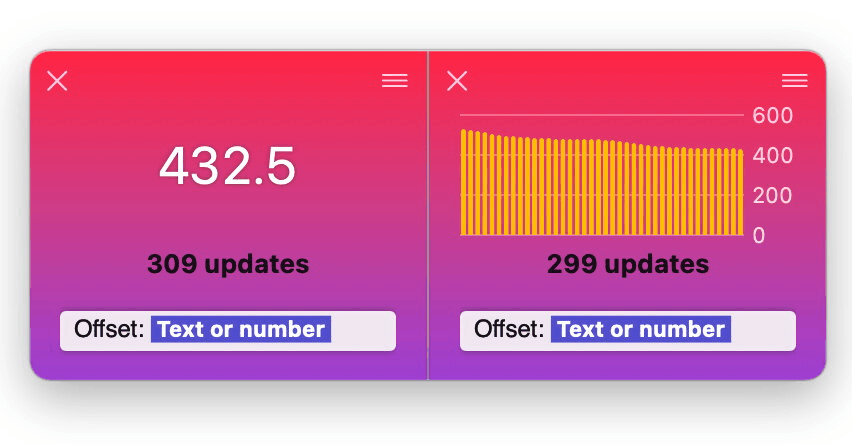Swift Light IDE update, Jan 31st
For the ones who missed it last November, I’ve been playing with a Swift IDE prototype which allows you to easily develop Swift scripts for the mac. I shared a video showcase demoing how the tight integration of the IDE with the toolchain allows you to write scripts, capture inputs and outputs, and all that in a neat SwiftUI interface: More than anything else I worked on this to explore and demonstrate how easily I can build powerful Swift tools. …

